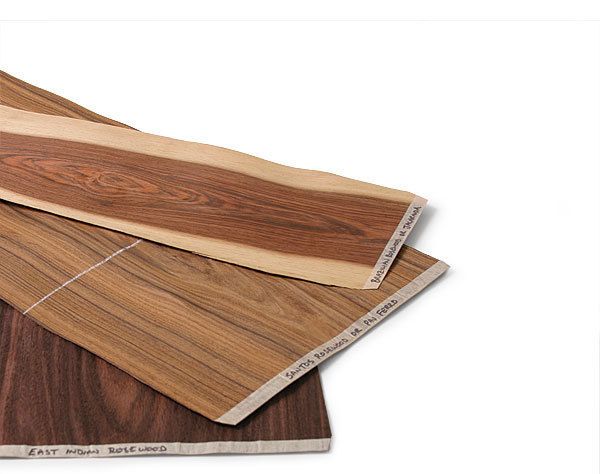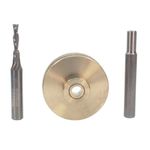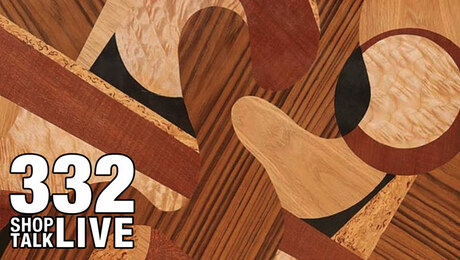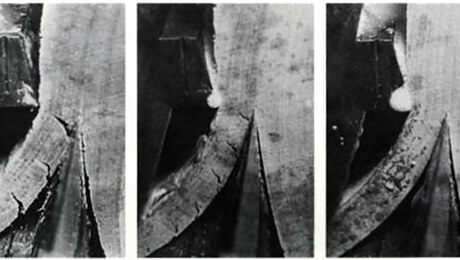How Veneer is Made
Peek inside a veneer mill, then learn how to order this valuable product
Synopsis: That beautiful veneer you used for your last project didn’t just fall off a truck. Somebody had to discover the one log among hundreds that contained that stunning figure, and then it had to be prepared in the right way at the veneer mill. Learn the difference between flat and rotary cutting, how to use the correct terminology when ordering veneer so you will get the quality and quantity you need, how to store it properly, and more. You’ll never look at that veneer sheet in quite the same way again.
As far back as the ancient Egyptians, people have been using veneer. It offers options for the woodworker that are simply unobtainable in solid wood. Grain patterns can range from a simple book-match to a breathtaking sunburst. Highly figured parts of the tree such as burls and crotches are much easier to work with as veneer than as solid stock. using a stable substrate such as medium-density fiberboard (MDF) opens up new design and construction opportunities not constrained by seasonal wood movement.
Then there is the green aspect. The population pressures on the earth are only going to increase with time, and the demand for beautiful wood will never go away. One way to utilize this resource more efficiently is to use veneer. That way, future generations of woodworkers can have access to some of the precious woods we enjoy today.
I’ll explain how a suitable veneer log is discovered, and the different ways veneer is made. Having spent more than 20 years in the veneer business, I’ll show you how to work with a veneer seller to get exactly what you want.
One tree in a hundred
While logs for lumber typically go to a sawmill in bulk, the very best ones are individually selected to go to a veneer mill. Obviously size and species play a role, but how is the maple with fiddleback figure spotted from the mass of other logs?
A specialist log buyer acts as the middleman between the forest owner and the veneer mill. He chainsaws off a thin slice from the end of a log, and then sprays the newly exposed wood with water to accentuate any defects or figure. He then rolls over the log to expose all four “faces,” searching for defects such as “cat’s-eyes” or inclusions in the bark where a branch used to be. This is where experience comes into play: Figured logs are often a fluke, and it takes experience to see compression figure under the bark that will yield fiddleback figure.
After the log is prepared at the veneer mill (see facing page) each half, or flitch, is ready to be turned into veneer. There are two main ways to do this: After the flitch is soaked in hot water, it either moves up and down past a knife, a process known as slicing, or it revolves against a knife, called peeling.
When slicing, the hot, supersaturated flitch is mounted flat-side down on the carriage of a slicer. The flitch moves up and down through the knife, slicing a leaf of veneer each time. Once the flitch is completely sliced, the veneer is fed through a dryer, one leaf at a time, reducing the moisture content from around 70% to about 15% in less than two minutes.
From Fine Woodworking #213
For the full article, download the PDF below:
Fine Woodworking Recommended Products

Whiteside 9500 Solid Brass Router Inlay Router Bit Set

Ridgid R4331 Planer

DeWalt 735X Planer























Log in or create an account to post a comment.
Sign up Log in